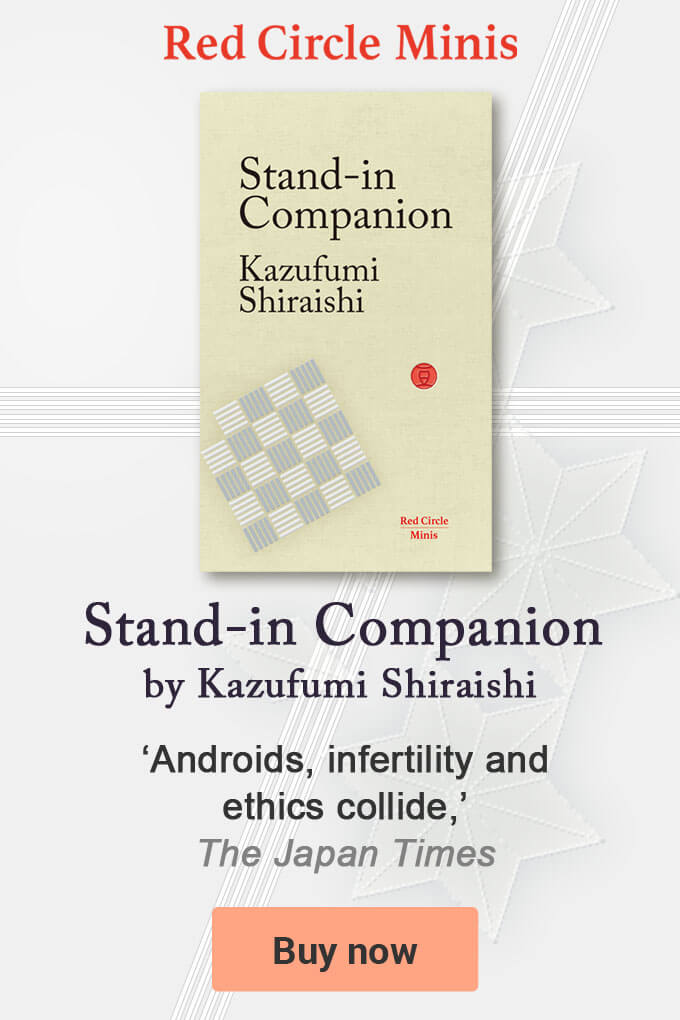This is something that Rabindranath Tagore (1861-1941), the first Asian winner of the Nobel Prize in literature, also thought and described as ‘the genius of Japan’ in 1916.
That said, an important and notable European example of this is Paul-Louise Couchoud (1879-1959), a French philosopher, poet and physician, who wrote: “While in French literature, any recorded impression of nature is exceptional, Japanese poetry since its farthest origin, bloomed into landscapes”.
And yet despite this praise an earlier generation of European literary critics such as William George Aston (1864-1912), a pioneer in the emerging field of Japanese studies, had, at times, been much less flattering about and well disposed to Japanese poetry.
Nonetheless Couchard writes, “the almost prehistoric inhabitants noted the exquisite examples of these impressions in short poems which were collected in the sixth century of our era,” in Japanese Impressions, published in English translation in 1921.
“A Japanese is accustomed to place a flower in his room not as an ornament but as a companion. Many of the lyric epigrams play on this refinement of taste. The poppy is even frailer than a sick child:
Alone in the room
Where no soul exists,
A tall white poppy.
Buson.
Couchoud writes.
Couchoud also argued that attention and interest in nature “is the oldest and profoundest trait of the race” of Japanese people, something that Tagore also thought was the case with much of Japanese culture being rooted in nature, but he feared this might tragically be lost through modernisation and westernisation.
A very good example of this awareness of nature is probably the role Mount Fuji has and still plays in Japanese culture, art and literature. A role that has even been recognised by UNESCO, which placed the mountain on its World Heritage List in 2013, for being a ‘sacred place and source of artistic inspiration’.
Probably ever since Couchoud, and perhaps even before he wrote his book and started adapting Japanese haiku into French, with perhaps a few notable exceptions, commentators, and on occasion even diplomats, have looked to this national characteristic and Japanese poetry to decode and understand the psyche of the Land of the Rising Sun.
And according to Couchoud the “most ardent and penetrative” poet of all was Matsuo Basho (1644-1694).
“It was he who gave haiku its soul; who transformed it from a delicate amusement and touched it with purity of a work of art, a work which rose at times to the height of the religious,” he writes.
And Couchoud even compares Basho to the French mathematician and writer Balaise Pascal (1623-1662), who was his contemporary in terms of the period his life spanned.
“He was a Japanese Pascal, without geometrical sense, but equally grave and equally tormented by the desire to discover access to the human heart”.

